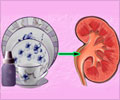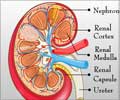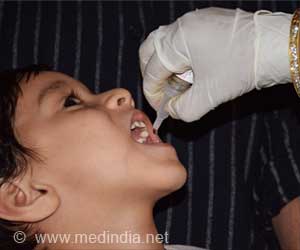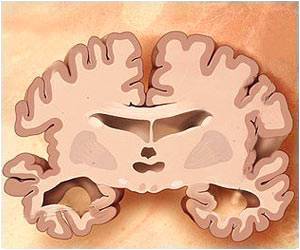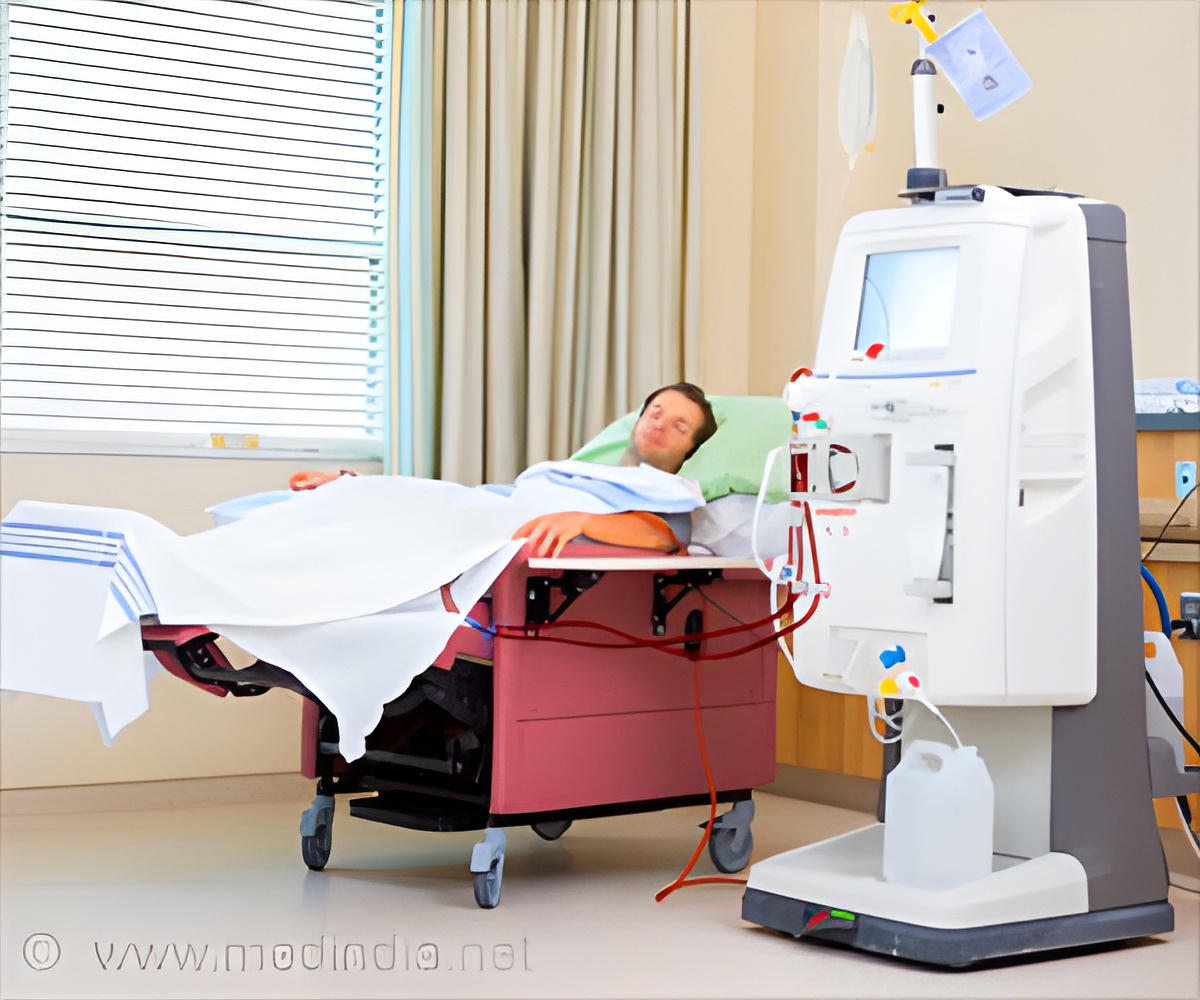
‘AV Fistula is one essential treatment available for dialysis patients, where an artery and a vein are connected in the forearm surgically.’
Tweet it Now
The most popular way of doing dialysis is through the AV Fistula, where an artery, particularly in the forearm, is connected to a vein. After the fistula is created, the patient goes through haemo-dialysis, where the blood is removed from the body through a needle and returned through another needle after cleaning.
In other words, the Fistulas function as a life-line for patients. The dialysis has to ensure that the amount of blood cleaned during the hemo-dialysis is up to the required volume.
To enable this, the vascular access should allow continuous high volumes of blood flow. There are occasions when the Fistula may fail to do so. To prevent this, one has to take proper care of the Fistulas.
How to ensure that this does not happen? Or, what steps can one take when it does happen. Firstly, as soon as a Fistula is made, the patient should be advised to visit the vascular/interventional radiology department of the hospital to have a check.
Advertisement
Patients should also go for a regular check of the Fistula by Doppler once in fifteen days when they are on maintenance hemo-dialysis.
Advertisement
The role that duplex ultrasound plays as part of a surveillance programme is very valuable, as this modality allows identification and localization of abnormalities which may potentially threaten access function and patency.
Identification and correction of access abnormalities at early stages definitely improves longevity and function of the Fistula. Understanding the information gained through Doppler evaluation is a complex problem. It should be performed by an expert who generally treats the problem. Timely action by an endovascular specialist would help in saving the Fistula.
Endovascular non-surgical treatment, a form of minimally invasive surgery which accesses many regions of the body via major blood vessels, will also be discussed along with hard hitting controversies surrounding dialysis at conference.
Ideal for dialysis access veterans and beginners, CiAADP 2016 will have attendees reassessing their approach exploring innovative devices and contemplating techniques in the placement and management of dialysis access.
Issues like Art of Declotting/Fistuloplasty and CTO Recanalization, Precrutaneous AC Fistula creation-the future, ultrasound guided Fistuloplasty, update on drugs coated balloon (DCB) for access salvage, tips and tricks for difficult permacath insertion will come up for discussion during the event.
Source-ANI




